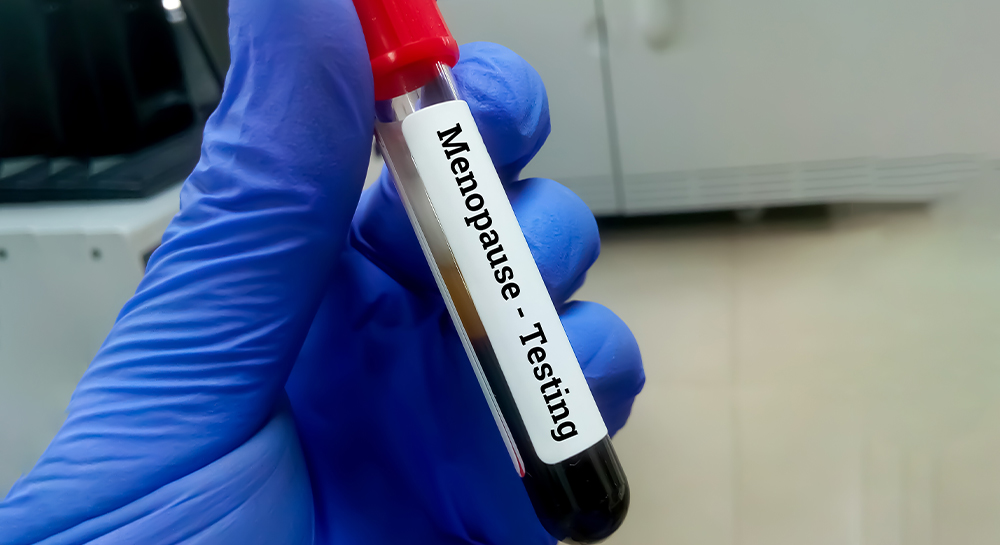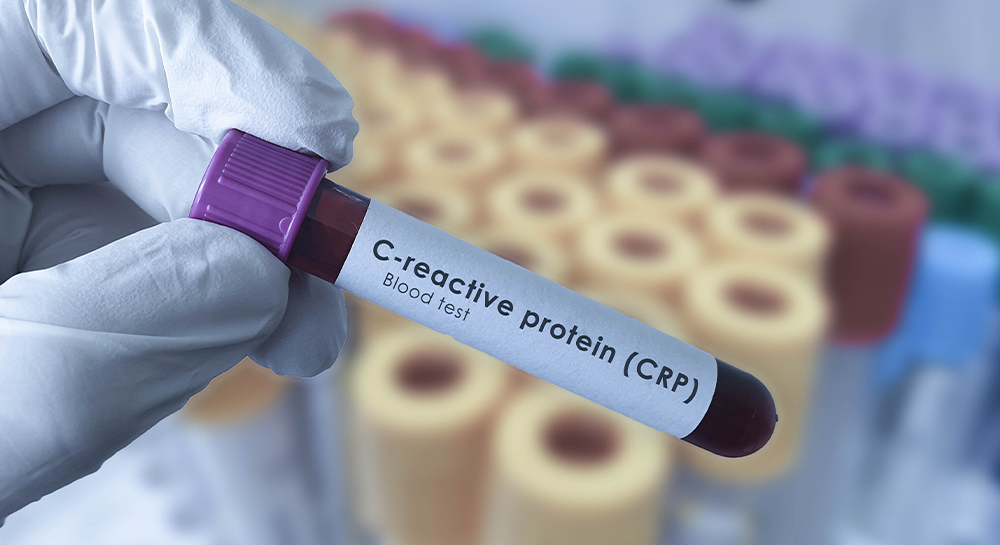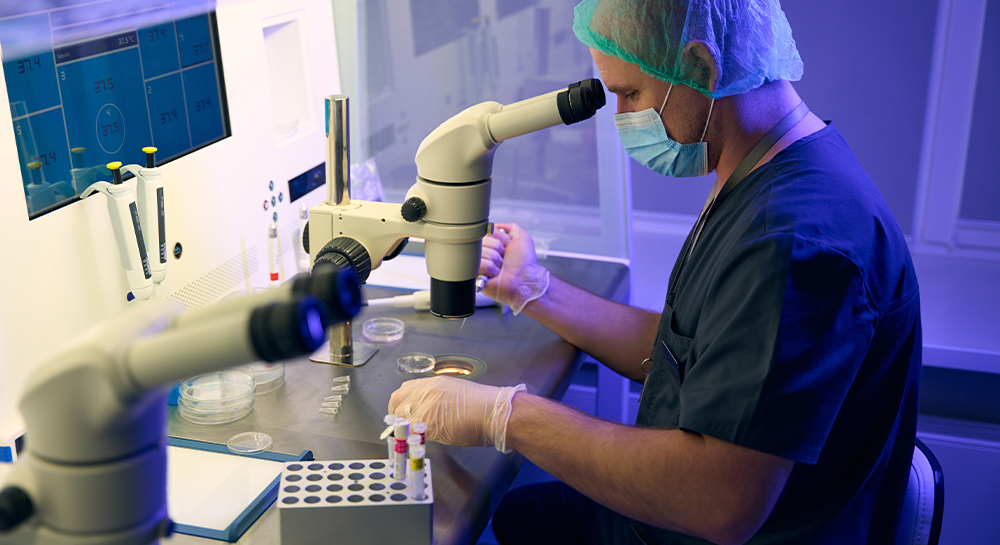
A Comprehensive Guide to Chlamydia and Chlamydia Testing
Introduction
Chlamydia is a form of bacterial STI (sexually transmitted infections) caused by the bacteria, Chlamydia trachomatis. It is one of the most common STIs which may be contracted through vaginal, oral, or anal sex. Sharing or using unclean sex toys might also be responsible for spreading Chlamydia. Read on this blog to discover comprehensive aspects of Chlamydia testing in London.
A research study shows around 2.8 million cases of Chlamydia are reported on an annual basis. This means it is one of the most frequently occurring STIs in most individuals.
People having Chlamydia may not always experience visible signs of the infection. This is why this STI can spread more easily without being noticed. This makes Chlamydia testing more vital for people’s sexual health. With the appearance of symptoms, doctors recommend Chlamydia testing within 2 to 21 days from the exposure.
Mostly the urethra, cervix, or rectum are infected by Chlamydia. The infection might also affect your throat if you are involved in oral sex. If your infected area is touched and then the eye is touched, it might spread up to your eyes. Again, it is possible for babies to inherit Chlamydia from their mother during birth. It might also lead to complications like blindness or pneumonia in infants.
Chlamydia Symptoms
Chlamydia causes different symptoms in men and women.
While men may face Chlamydia symptoms like:
- Bleeding or rectal pain, particularly when your rectum is infected
- Although rare, swelling and pain in testicles
- Abnormal discharge from the penis
- Itching and burning sensation while urinating
On the other hand, women experience Chlamydia symptoms like:
- Bleeding or rectal pain, particularly when your rectum is infected
- Itching and burning sensation while urinating
- A less common symptom, bleeding between periods
- Abnormal discharge from the vagina
- Another rare sign, pain in the abdomen
However, many men and women already infected with Chlamydia might be asymptomatic without manifesting much visible signs, which suggests they show zero symptoms.
Chlamydia Risks
Chlamydia is one of the most common STIs occurring in young people. As per research findings, sexually active individuals aged between 14 and 24 years are the most likely to have Chlamydia. On the other hand, elder adults aged between 25 and 39 years experience only one-third of the risks of contracting Chlamydia as compared to young individuals. It commonly occurs in most young women as they have a developing cervix which is more vulnerable to contracting the bacteria. Moreover, the mucosal surfaces of the cervix and vagina in women make them more prone to come in contact with the STI.
Untreated Chlamydia having no symptoms or visible signs gradually spread to the upper genital tract, resulting in severe heath problems. Chlamydia might cause pelvic inflammatory disease (PID) and other permanent damage in women. This might result in ectopic pregnancy, or even infertility. Untreated Chlamydia in men might lead to epididymitis which rarely causes sterility.
Early detection is key! Get a Chlamydia Blood Test for peace of mind. Schedule your test now.
Chlamydia Treatment
People diagnosed with Chlamydia should not engage in sexual activities until 1 week of completing their course of antibiotic. Always remember that risks of getting infected after undergoing the treatment is high. It is, therefore, very crucial for people having sexual partners with Chlamydia must get tested, and also undergo proper treatment if the result is positive.
Chlamydia is often known to be associated with Gonorrhoea as they share similar symptoms and risk factors. It is therefore important to get tested for both the STIs for better health outcomes.
With or without symptoms, you can undertake a Chlamydia test within 24 hours from your exposure. However, the incubation time differs from one individual to other. For accurate results, it is best to get yourself tested within 2 weeks from the initial exposure. Once you are diagnosed with Chlamydia, it is best to get the test done 2 weeks from after completing your treatment. This is necessary to confirm that your system is cleared off from all the bacteria.
Chlamydia Test and Diagnosis
Nucleic Acid Amplification (NAA)
This test looks for the genetic material of the bacteria, limiting the chances of false positive results. The incubation period for Chlamydia commonly ranges between 1 to 5 days. It is best to get tested within 5 days from exposure for most accurate results.
The NAA test functions by examining the DNA of Chlamydia, including:
-
Urine Sample
- It requires first catch urine sample of about 20 to 30 ml of your initial urine stream. This is done to avoid a diluted sample.
- Patient must not urinate at least an hour before from providing the urine sample.
- Female patients are suggested to not wipe the labial region until providing the urine specimen.
-
Swab Culture
- Endocervical swab
- Throat swab
- Urethral swab in male
- Vaginal swab in female
- Rectal swab
-
Direct Fluorescent Antibody (DFA)
- Rectal swab
- Urethral swab in male
- Swab cultures
- Endocervical swab
- Neonates conjunctival swab
How can blood test diagnose Chlamydia?
Although Chlamydia is not a blood-borne disease, the body makes antibodies against different pathogens which are ultimately found in the blood. Blood test for Chlamydia diagnosis requires drawing small blood sample, and then testing for antibodies produced against the bacteria, Chlamydia trachomatis. This test checks the presence of the antibodies to Chlamydia, but there are chances of false positive results as the antibodies might be due to a former infection.
Enzyme-linked Immunosorbent Assay (ELISA)
- Body fluids like blood and lymph mainly contain IgM antibodies. They are the first antibodies fighting a new infection.
- You must get the results confirmed by some other diagnostic process.
Enzyme Immunoassay (EIA); Antibodies, IgG
IgG antibodies are the most well-coping antibodies present in all body fluids, and preventing both bacterial and viral infections.
Fluorescent Antibody Test Method: Cell Culture and Subsequent Chlamydia Detection
- A culture encourages the growth of Chlamydia bacteria; provided the procedure must be performed in a laboratory and the results might take 5 to 7 days more than other tests.
- Although it is a legal standard, cell culture is not the gold standard for diagnosing the bacteria, Chlamydia trachomatis.
- Women must not use medicines or creams in the vagina or refrain from douching for at least 24 hours before taking the test.
Cell culture includes test options like:
- Rectal swab
- Cervical swab
- Conjunctival swab
- Throat swab
- Urethral swab
- Key Takeaways
As one of the common bacterial infections, Chlamydia is mostly asymptomatic. However, there is proper treatment for Chlamydia. If you leave the STI untreated or delay with the treatment, it might lead to sterility in males and infertility in females. Besides affecting eyes, throat, rectum, and genitals, Chlamydia might lead to complications like blindness and pneumonia in newborns.
Contact our clinic Private Blood Tests London today if you want to get private Chlamydia test in London.




